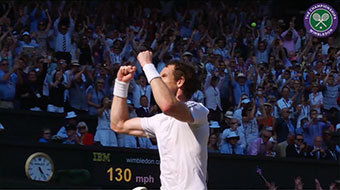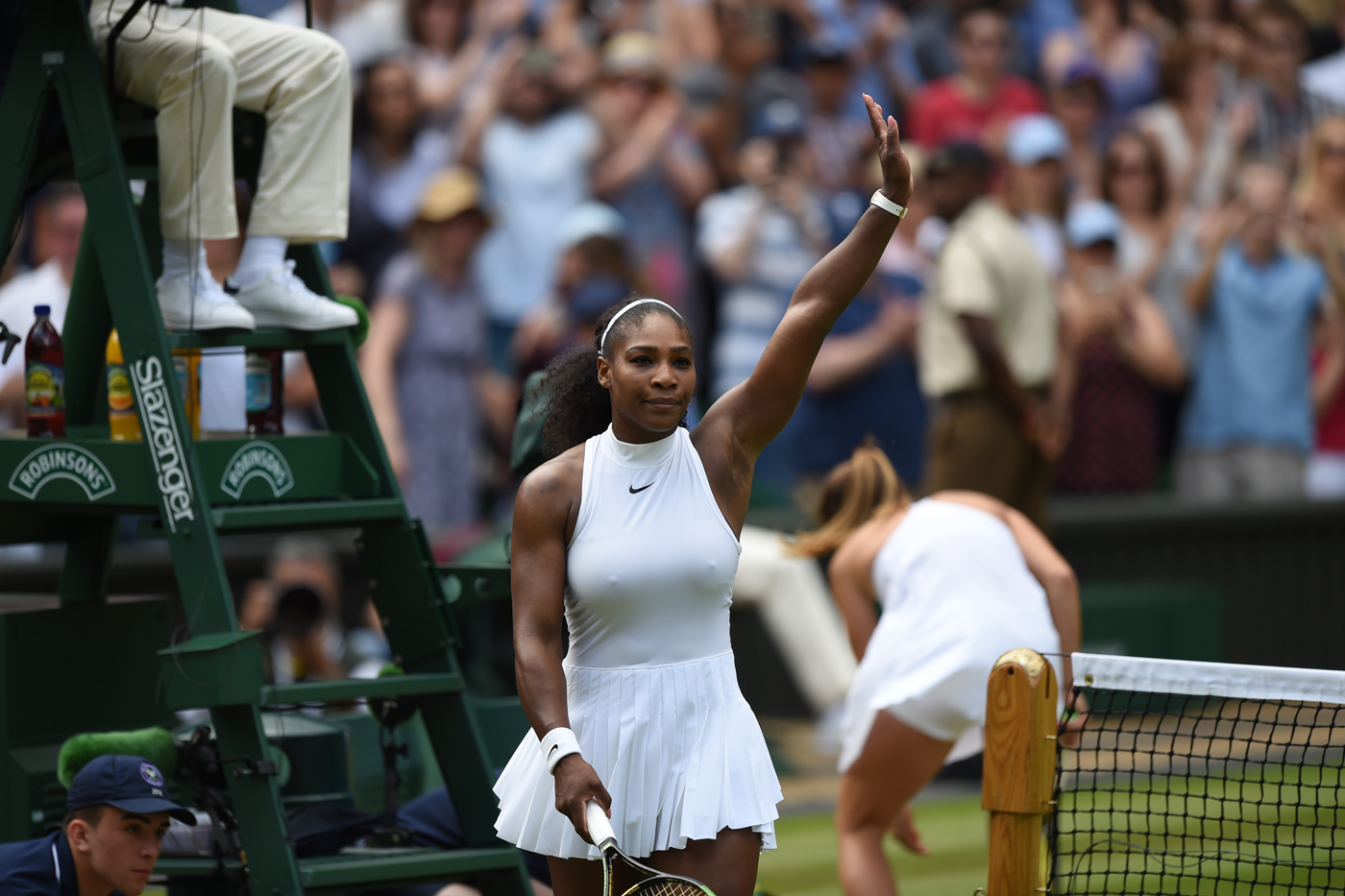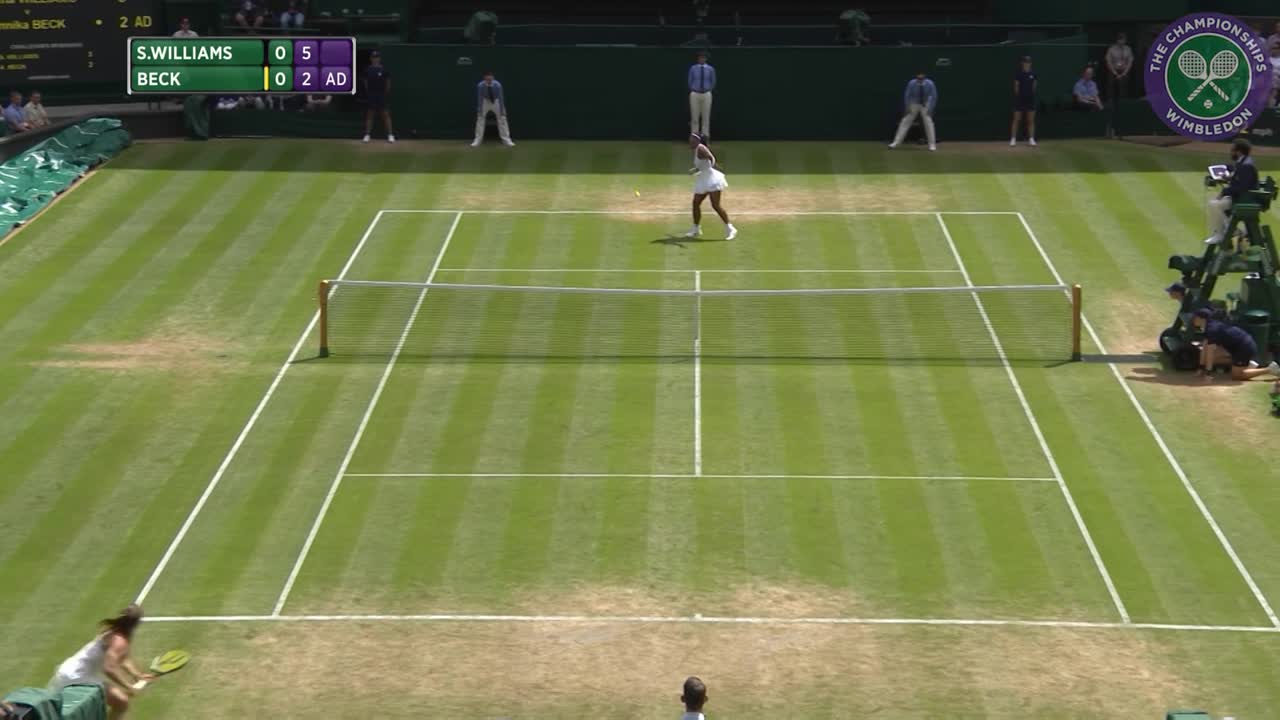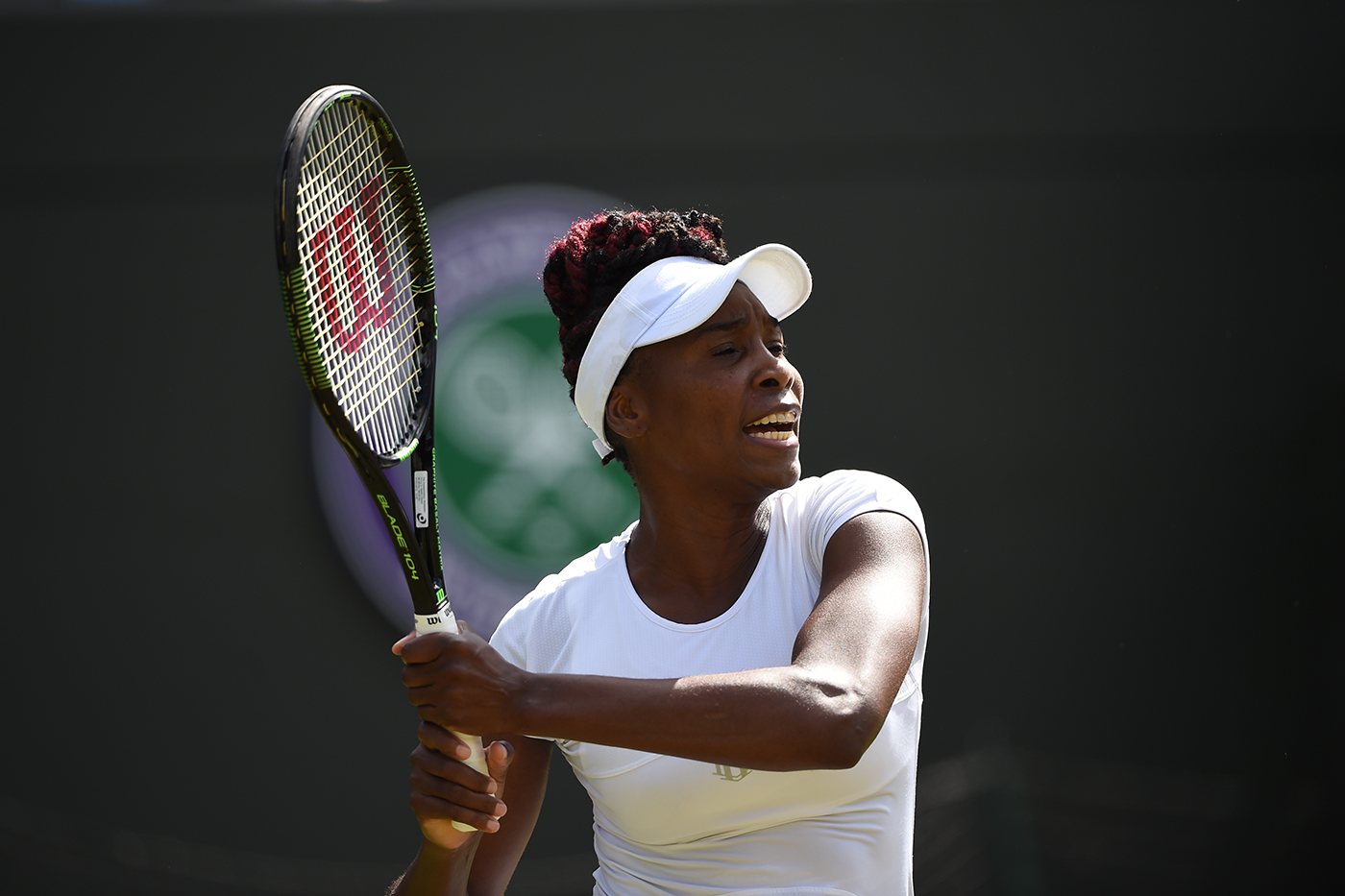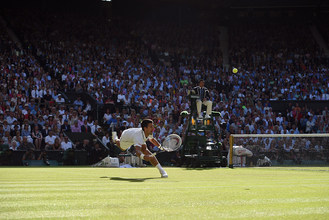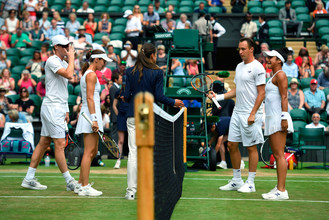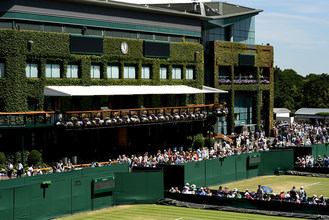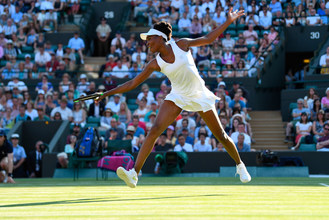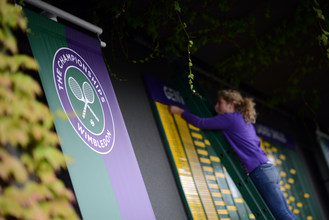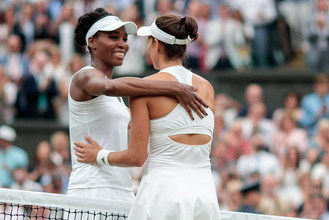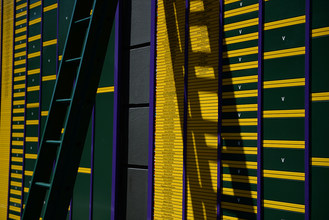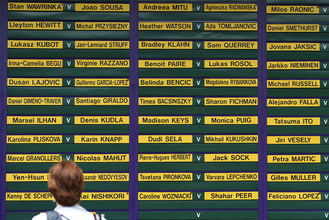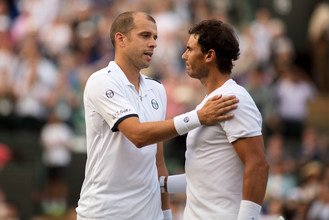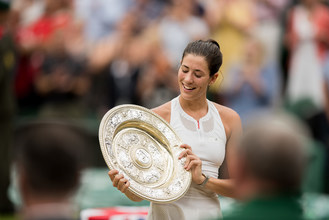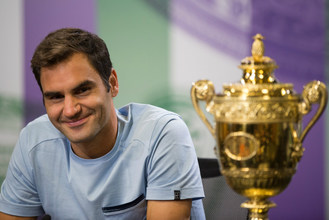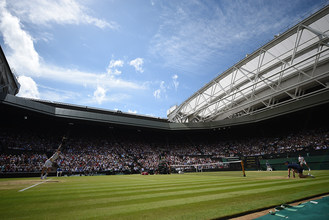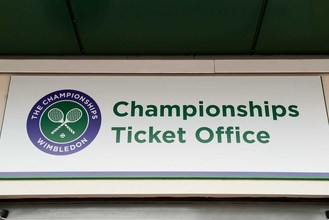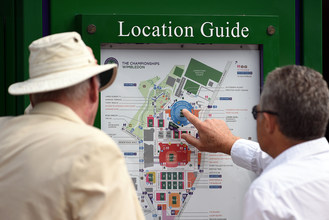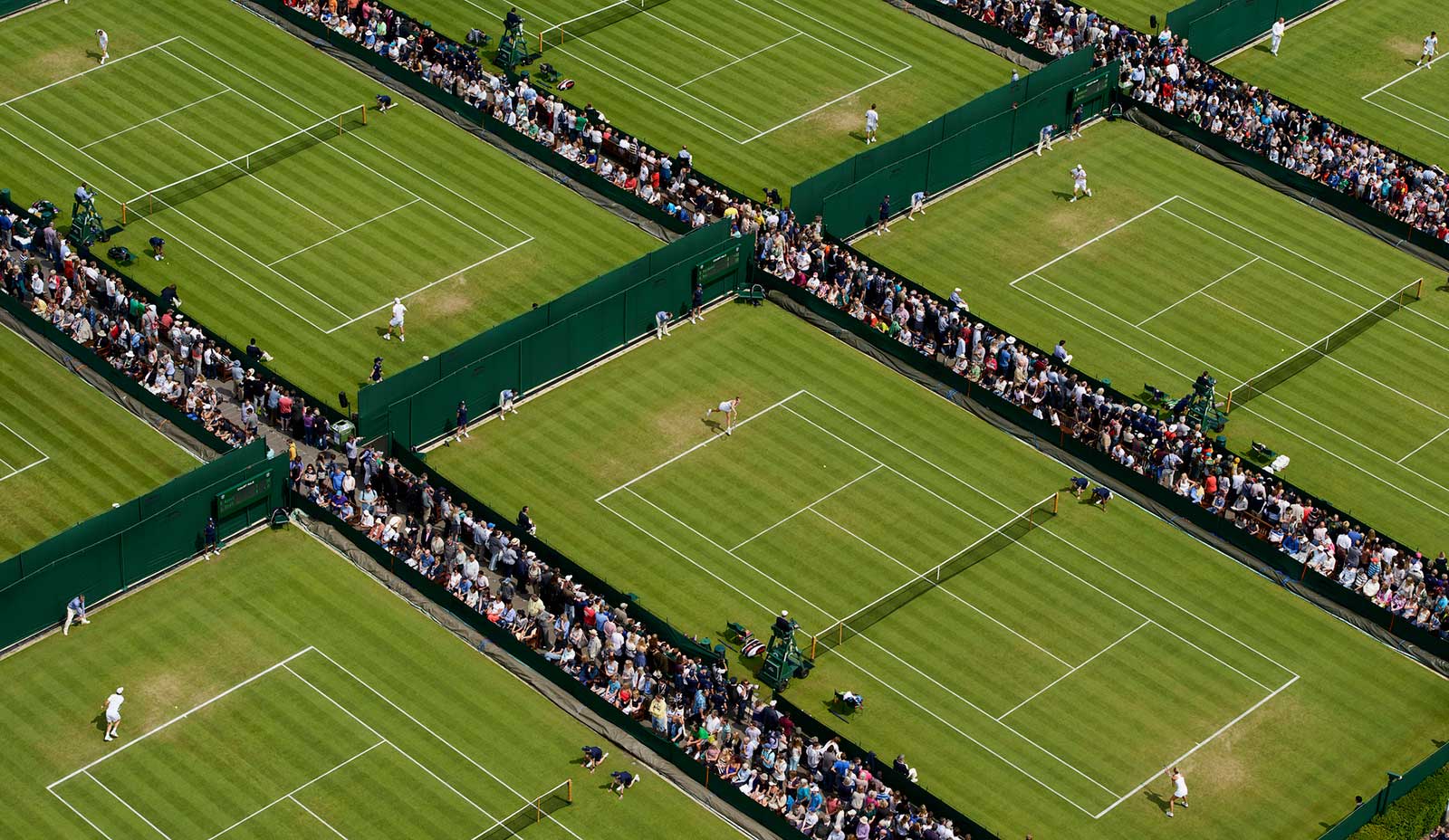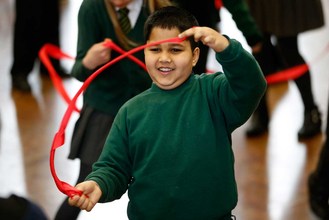Over the course of the first week at Wimbledon, Serena Williams has walked the ledge, as she so often does, between victory and defeat. Venus Williams, into her third decade at Wimbledon, has taken us back in time.
Madison Keys has given us a glimpse of the future. CoCo Vandeweghe has looked pleased to show off her big attack on the big stage inside Centre Court again. John Isner has kept us glued to another of his epics. Sloane Stephens seemed ready to take the next step in her career, but pulled up short at the last second. Steve Johnson kept his head down and made his first round of 16 at a major. Teen Taylor Fritz debuted on a show court.
And Sam Querrey shook up the world.
Just in time for America’s birthday, July 4, on Monday, U.S. tennis is interesting again.
Will that be enough for fans in the States? It depends on how closely they follow the sport. Those who know tennis well and care about it, and who understand how much more global it is today compared to 30 years ago, will be encouraged, and maybe even satisfied. To be able to see a competitive and varied mix of players fight their way into the second week at a major is enough for the supporters of most tennis nations.
But for casual fans, those who pick up the sport during the Grand Slams and mostly drop it again when they’re over, “interesting” isn’t going to cut it. They grew up watching Chris Evert win 18 majors, Pete Sampras win 14, Andre Agassi win a career Golden Slam, and the Williams sisters take the women’s game to new places in the 21st century.
To many, if Americans aren’t dominating the rest of the world, tennis in the U.S. is obviously “in decline.” The current head of player development in the U.S., Martin Blackman, who has been on the job for a little over a year, isn’t satisfied, either. But he does feel like a corner has been turned, especially with the current group of young women, led by Keys, Stephens, and Vandeweghe, and a rising group of younger men, led by Fritz.
Blackman points to an initiative begun seven years ago, in which the USTA, the country’s national federation, made a point of working with the personal coaches of their top players. While other, smaller countries centralize their player-development programs, the USTA felt a less top-down approach was a better fit for a country of the U.S.’ size and diversity.
We’ve seen that diversity at Wimbledon. Of the nine U.S. players to reach the third round, four were African-American. All play in the traditional power-based, go-big-or-go-home U.S. style, but within that they exhibit a variety of approaches.
Isner lives and dies with his serve, and Querrey, as he showed when he hit 31 aces in his upset of Novak Djokovic, is also a bomb-thrower. Vandeweghe and Keys each rely on a one-two, serve-forehand punch; Keys hits her forehand as hard as many of the male pros. Stephens and Johnson, meanwhile, are steadier baseliners who construct points and win with a mix of offense and defense.
Then there are 36-year-old Venus and 35-year-old Serena. Blackman says that whenever he thinks about the two of them retiring, he thinks about something else as quickly as he can.
Venus can still impose her will with her serve and her forehand, and still use her long legs to track balls down on the grass. At this year’s event, she has won a series of close matches over younger, partially awestruck opponents—she knows how to make the most of her legendary presence.
At the same time, Serena has been as emotional and determined as ever; she hasn’t won a Slam in a year, which is an unthinkable drought for her. Together the two sisters have set a standard that may be too high for anyone from the next generation to match.
Should that leave U.S. tennis fans dissatisfied? Not with this Wimbledon, anyway.
Tomorrow is Manic Monday to tennis fans; Independence Day to people in the U.S. Sixteen fourth-round matches will go off around the grounds, and five of them will feature Americans, more than any other country. It will be, if nothing else, interesting to see where the U.S. game goes from here.

